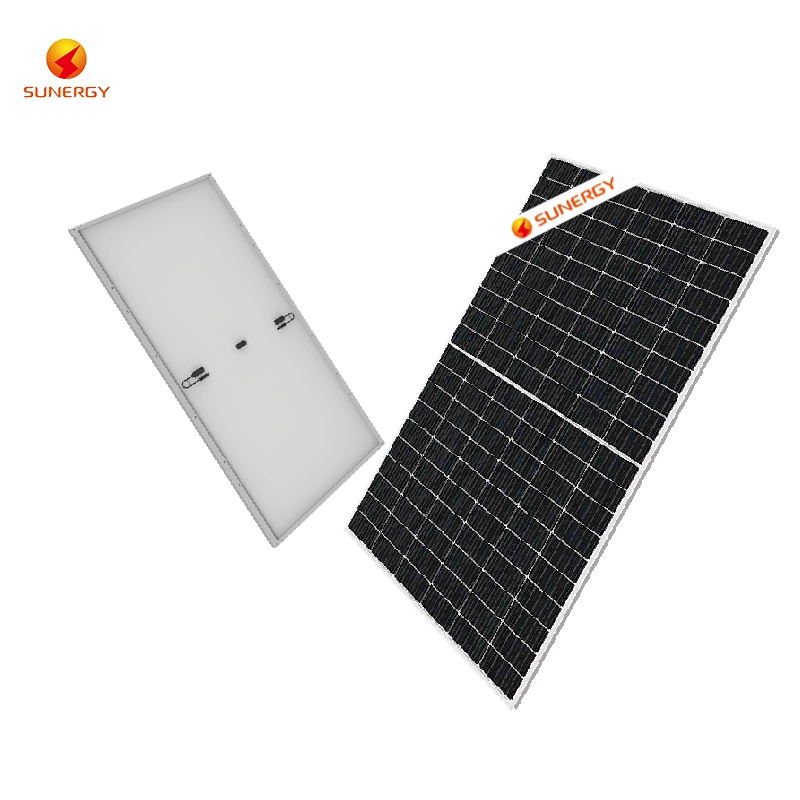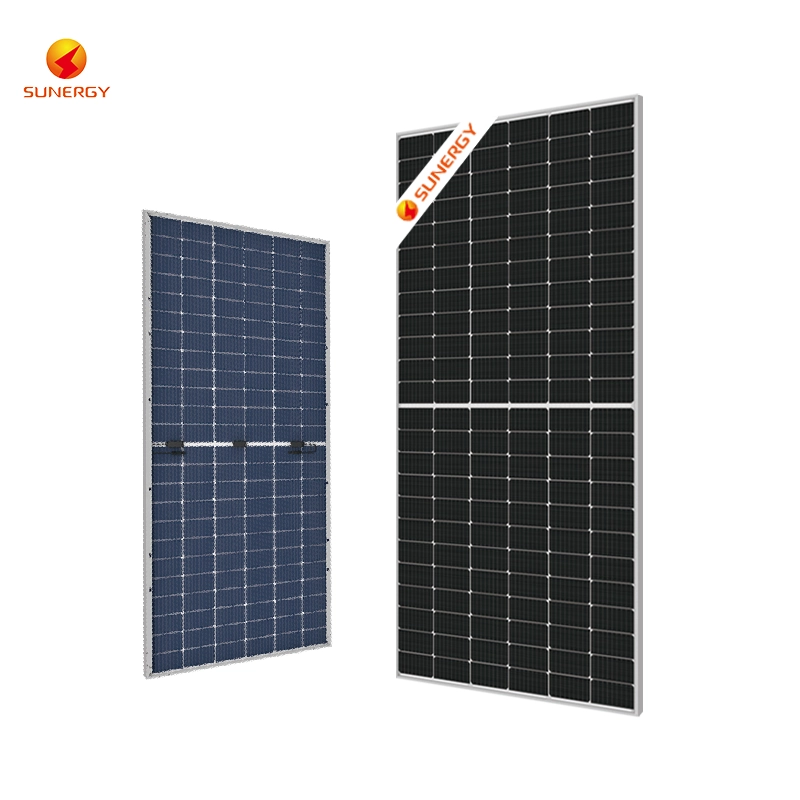Hey there, solar power pioneers! Are you curious about the different types of solar panels and how they can brighten up your home with clean, renewable energy? Let's chat about monocrystalline, polycrystalline, and thin-film solar panels in a way that's as clear as a sunny sky. We'll keep it friendly, natural, and easy to understand!

Monocrystalline Solar Panels: The Efficiency Champs
Imagine a solar panel so efficient it's like having a little sun on your roof. That's the monocrystalline solar panel for you!
The High-Flyers of Solar Tech
- Made from a single, continuous crystal of silicon, these panels are the result of a high-purity process that translates to higher efficiency rates, usually between 15% and 20%.
Look and Performance
- They have a uniform, deep black appearance that gives them a premium look. Plus, their high efficiency means you need fewer panels to generate the same amount of power.
Cost Consideration
- Tend to be a bit pricier, but their efficiency can lead to a quicker return on investment over time.

Polycrystalline Solar Panels: The Value All-Stars
For those looking for a balance between cost and performance, polycrystalline solar panels are the way to go!
The Team Players
- Constructed from multiple silicon crystals, these panels are a bit less efficient than monocrystalline ones, with efficiency rates typically between 13% and 16%.
Affordability Plus Durability
- They're more budget-friendly and don't skimp on durability. You get a strong performance at a lower upfront cost.
Aesthetics and Space
- They have a blue hue due to the presence of impurities and require slightly more space to produce the same amount of power as monocrystalline panels.

Thin-Film Solar Panels: The Versatile Upstarts
If you're after something a bit out of the ordinary, thin-film solar panels are the rebels with a cause in the solar panel world.
Innovative and Adaptable
- These use a thin layer of photovoltaic material and can be deposited on various substrates, making them highly adaptable and even flexible.
Efficiency and Cost
- While their efficiency is generally lower (around 10% to 12%), thin-film panels can offer a more affordable option, especially for large-scale projects or unique applications.
Design and Installation
- They can be integrated into building materials, allowing for creative installation solutions and even color customization.
Decoding Your Solar Panel Decision
When it comes to choosing the right solar panels for your home, think about these factors:
- Energy Output Needs: How much power do you want to generate?
- Available Space: How much roof or ground space can you dedicate to solar panels?
- Budget: What's your budget, and how does it align with the cost and efficiency of the panels?
- Aesthetic Preferences: What look are you going for, and how do the panels fit into your home's design?
Wrapping Up
Whether you're drawn to the high efficiency of monocrystalline, the solid value of polycrystalline, or the innovative flexibility of thin-film, each type of solar panel has its own unique benefits. The key is to find the one that fits your home, your needs, and your vision for a sustainable future.
So, as you embark on your solar journey, remember that the sun's energy is waiting to be harnessed, and the right solar panels can make all the difference. Here's to a brighter, cleaner, and more efficient home powered by the sun!
